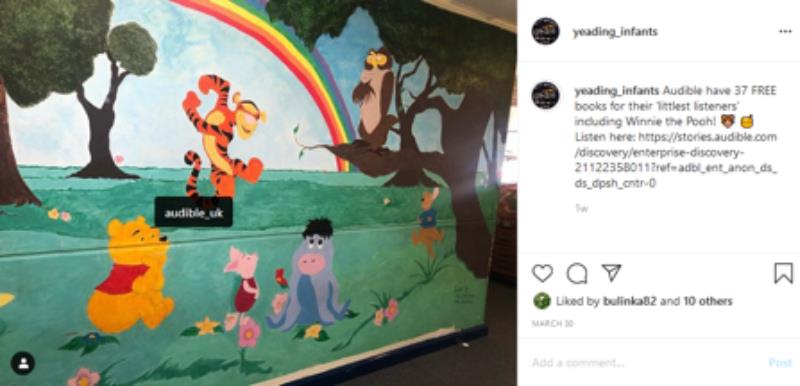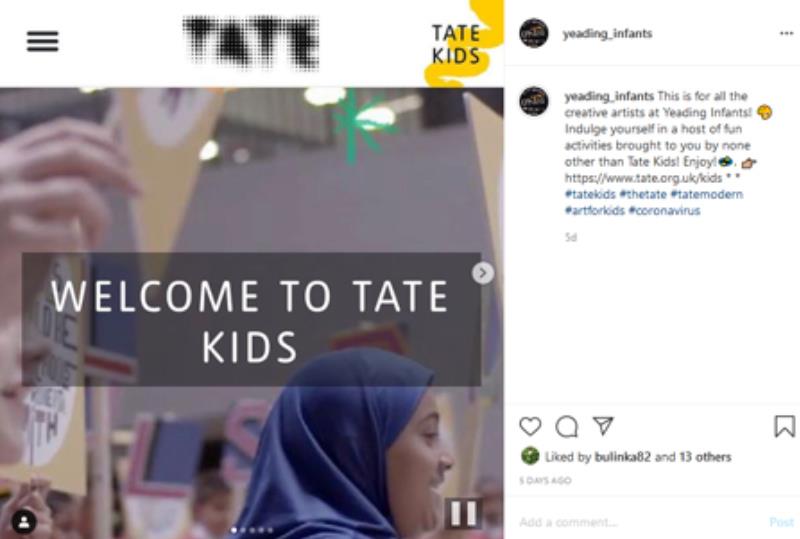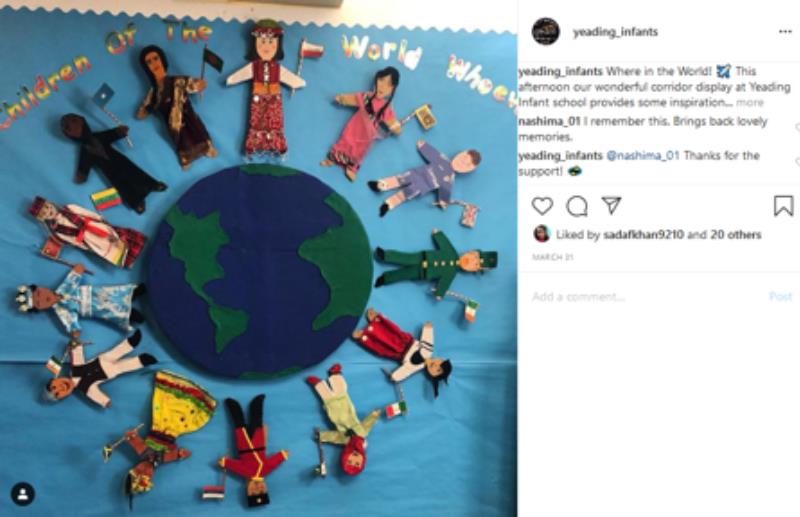Recently I was reminded of a quote by Lenin: “There are decades where nothing happens and there are weeks where decades happen.” So, welcome to 2020, where “in” is the new “out”.
Regardless of your political views, you would be hard-pressed to disagree with the quote above at the moment! The last few weeks have seen a monumental shift in the way schools operate.
Since March 23, schools have needed to be innovative and creative about how learning happens. Adopting a growth mindset has been essential as we reconceptualise how we must work to ensure that the learning journey for our students can continue.
Teaching by its very nature is a vocation. The greatest impact is in the interactions between people – staff, parents, students and communities. However, under the current lockdown, the sector has seen a meteoric rise in the use of online platforms to communicate with their own school communities locally (and with others globally).
In my school – Yeading Infant School – we have used Zoom to link with our teams, we have set-up direct communication channels using WhatsApp, and we have even begun our first ever Instagram account.
The benefit of the latter has been particularly noteworthy. Technically a platform to share photos, Instagram has become a means of keeping the school spirit alive in these unprecedented times.
The impact of using this medium to connect, inform, interact and share has been phenomenal. Spurred on by “likes” from parents, staff, the Department for Education, the RSPCA, the Woodland Trust, within one week of opening the account we had 744 views. Currently, we have more than 170 followers.
Content needs to be fresh, relevant and up-to-date. Serving a large, diverse and vibrant aspirational infant school community, where English is an additional language for more than 90 per cent of our families, the pictorial format is proving accessible and tangible.
Posts and stories are organic and reflect appropriately the dynamic ethos of the school in its physical form. For me, it has become not only a welcome distraction from the 24/7 rolling news coverage but a source of continuity in uncertain times and a means of keeping the school ethos alive and well, virtually.
So far, our most popular “Insta” posts have included:
- Phonics resources.
- NHS clap for carers posts, including children’s contributions.
- Google’s 3D Animals feature.
- Google’s arts and culture feature, with free virtual tours to the world’s greatest institutions for the arts and culture.
- The Woodland Trust’s live camera from Loch Arkaig of two ospreys (Aila and Louis).
The response from staff has been staggering. Since my first email, asking for their resource recommendations, I now receive daily messages with suggestions. Up to 10 staff members have also been inspired to create their own Instagram accounts.
The reach extends beyond the school community to include other local providers as well. Likewise, it has been important to seek out and follow local places of interest, such as parks, museums, clubs, schools, hospitals – as well as national sources of learning support for pupils, such as BBC Bitesize, the Natural History Museum, the Science Museum, Transport for London and London Zoo.
Publishers have provided a wealth of material from free e-books to story-time sessions and even live drawing demonstrations and all of this is promoted on our Instagram.




Community: With many languages spoken by the families of Yeading Infant School, the visual nature of Instagram has proved a popular way to keep the school community together
It is imperative that there is no shortage of interactive posts and parents are engaging with the direct messaging functionality to keep us informed of the different activities they are doing at home with their children.
Due to its advantage of being a real-time resource, providing instant feedback, parents who would normally shy away from interacting with the school have found security in being able to communicate more often and on a platform with which they are familiar.
Considerations over safeguarding and GDPR are, of course, paramount; the rules we follow on e-safety are even more vital when using this medium. Staff are well drilled on the type of content and conduct that is acceptable. I send out regular updates on the progress of the account to ensure that the hard work staff are putting into forwarding resources is celebrated.
An example of the safeguarding and general best practice advice that I have sent to staff is as follows:
- I: In the event that a parent asks to follow your private account, always decline. Be aware that some other accounts are not appropriate to follow and that you can block these if they start to follow you.
- N: Never use a child’s name or photo in a post or comment. Where pictures have been included in the main school account, explicit permission has been sought from the parent/carer. Refrain from sharing your own personal information too.
- S: Sending and receiving messages and comments is a great way of communicating with parents. Please note that when doing so, ensure communication is professional at all times. Also, if your friends are commenting on your staff account, ensure that they know to keep comments appropriate.
- T: Tell and report any safeguarding, GDPR or wellbeing concerns to the senior leadership team. We are all working remotely but normal guidance and requirements for safeguarding is still relevant.
- A: Ask if unsure. I have received a few emails from staff clarifying the usage of Instagram. Please continue to contact me with your queries. No question is too small or insignificant.
There is still much to do with regards to refining and developing the account, not least to ensure that its legacy lasts beyond the lockdown. For now though, current developments include a story-time session where staff read stories (to be called “Teachers telling Tales”) and another project called “Teachers’ Pet”, where children find out about our teachers’ pets, with the intent of encouraging further research around the different pets owned by the staff.
From a leadership perspective, this project has allowed me to consider further the Master’s thesis I wrote last year, which explored how parental engagement with school has an impact on children’s learning and progress.
Although the very nature of lockdown has prevented physical interactions, engaging parents as partners is perhaps even more vital during this current crisis – and as with any communication, having a common language with which to do it is crucial.
- Sabah Malik is deputy headteacher at Yeading Infant School in west London. You can find their Instagram account at www.instagram.com/yeading_infants
